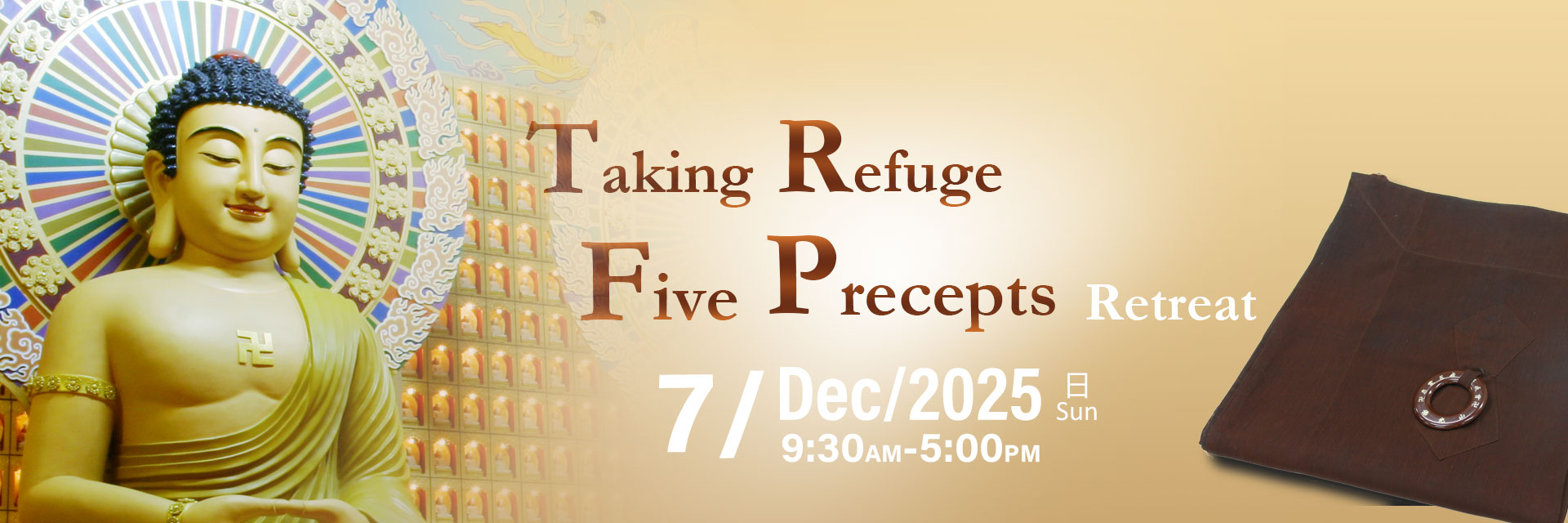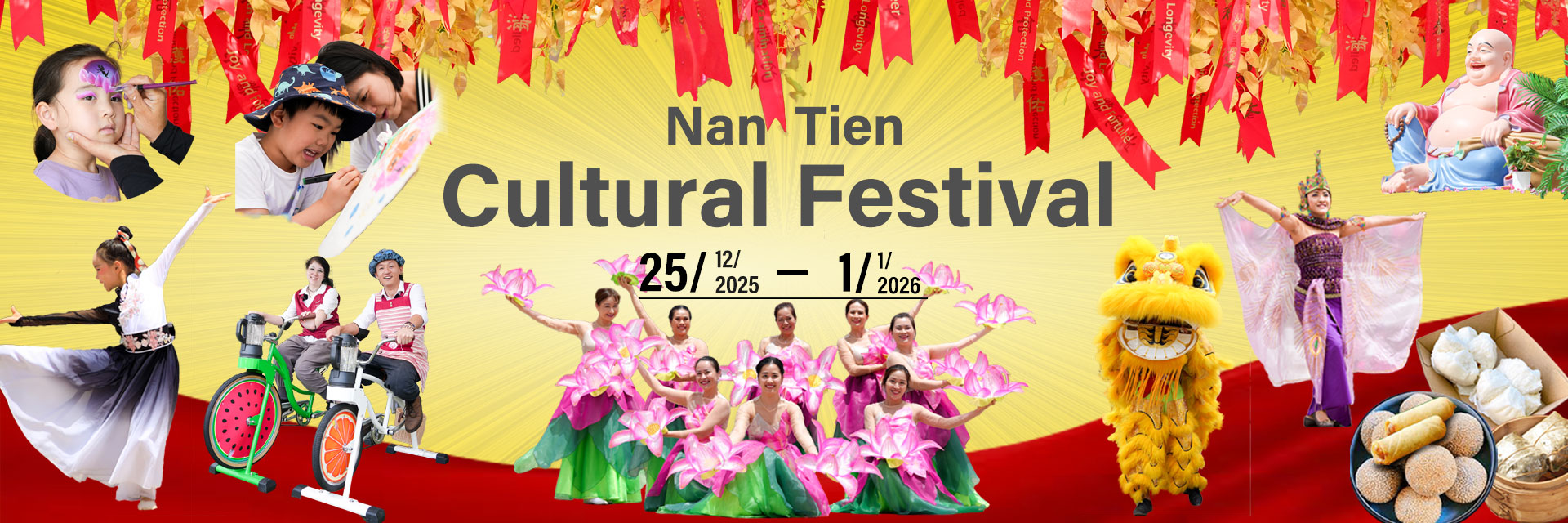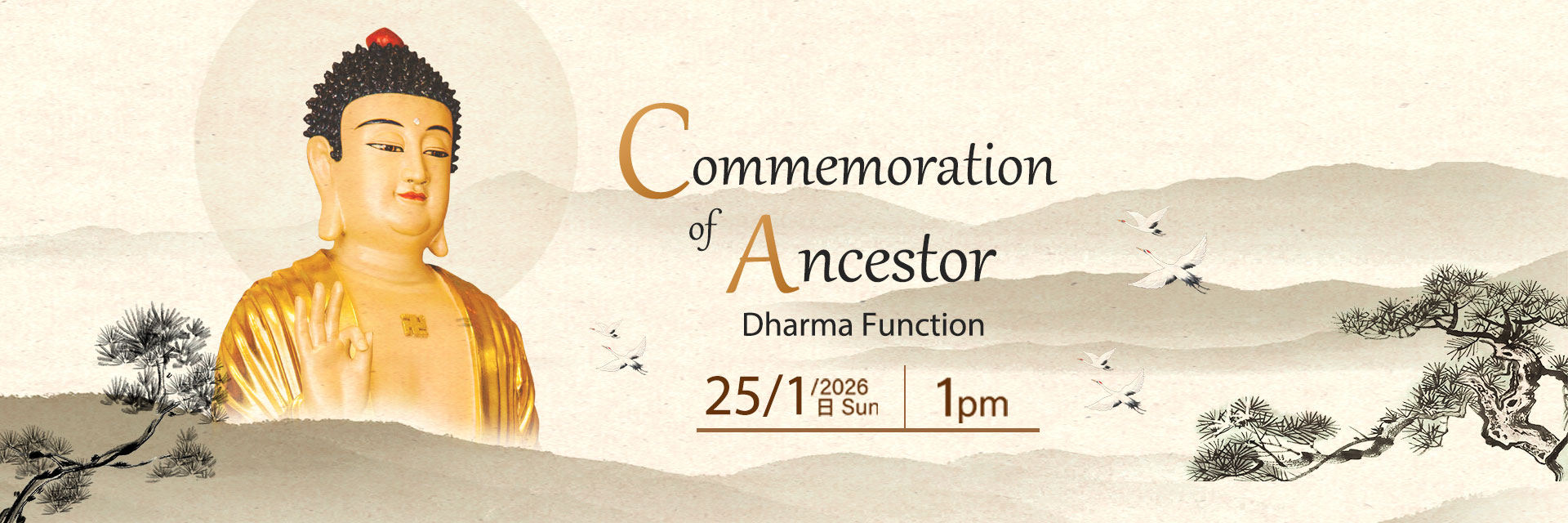First it is important to understand the chinese terminology involved:
"Tai Chi"- literally means supreme ultimate
What is Tai Chi ?
Tai Chi has its origins based on legend and historical evidence. Legend has it that Tai Chi was founded by the Taoist Chang San Feng, who lived during 12th century China. Chang traveled the mountains of central and northern China, where he learned martial arts and studied the Chinese Classics, and the I Ching , which describes the way of nature and Taoism.
One day, Chang observed a flying bird staring down at a snake coiled firmly on the ground, with its head and neck facing up toward the bird. The bird swooped down to strike the snake with its beak. The snake rolled to the side to avoid the bird's attack. Appearing surprised, the bird recovered in flight and attacked again and again with more precision and determination. The snake kept rotating its body from side to side, neutralizing the bird's strikes without giving up its coiled position.
Chang saw how softness can overcome hardness in the flexibility of the snake's posture and its constant shifting from side to side to evade the hard, powerful thrusts of the bird's beak. He then realized how the philosophy and principles discussed in the I Ching had practical applications to the martial arts.
From these realizations Chang created Tai Chi (Supreme Ultimate as he saw how opposing forces of nature can be harnessed to become tremendous power). Within the Tai Chi movements, one can observe the basis of Taoism and the I Ching, the Yin and Yang. These are the opposing, but complementary forces in nature, which are in constant change from one to the other. Many things in nature, like the days and the seasons, are constantly changing in continuous cycles. The movements of Tai Chi are also continuously changing, the body weight shifting from one leg to the other as the person moves from posture to the next.
Chen Wang Ting, an army officer living in Ho Nan Province during the late 16th and early 17th century brought about further development of the Tai Chi martial arts by combining various martial art techniques and adding Taoist philosophy, breathing technique, and acupuncture theory. Chen's system of Tai Chi was handed down through several family generations.
During the next 50 years, many improved versions of Tai Chi were developed by practitioners. They essentially are composed of slow, even movements which incorporate deep breathing. Different styles of Tai Chi evolved and became popular throughout the world today, due to its ability to improve oneˇs health and longevity and to prevent and treat chronic disease.
For these reasons, Tai Chi has been adopted by many Chinese Buddhist Monasteries as a suitable form of exercise routine to keep fit and healthy for monks and nuns living in the monasteries.
Conclusion:
Tai Chi are heritage of rich Chinese culture. They did not originate from Buddhism but they came to form part of the Buddhist culture especially that of Chinese Mahayana Buddhism






